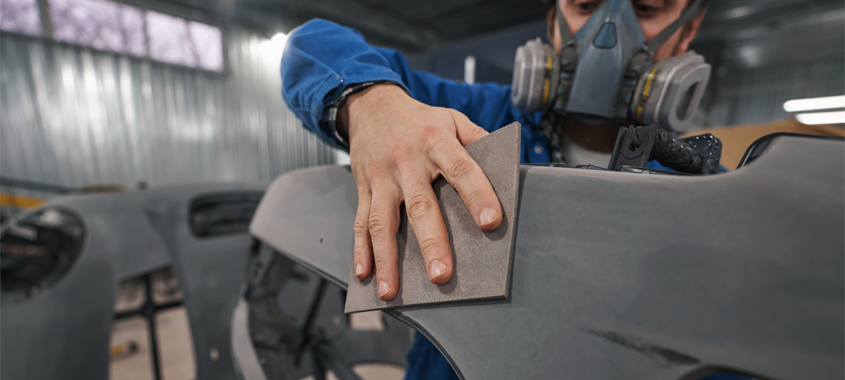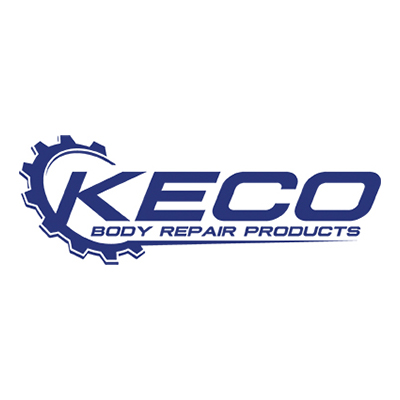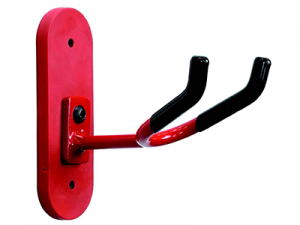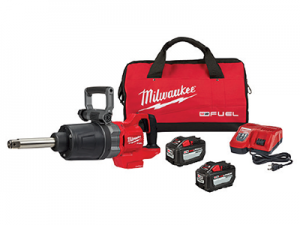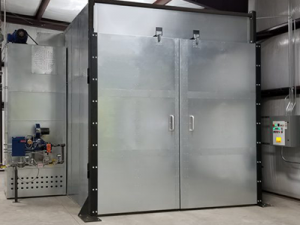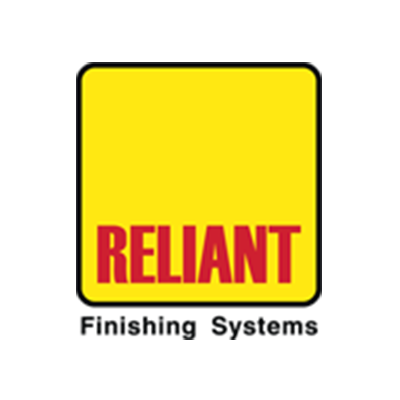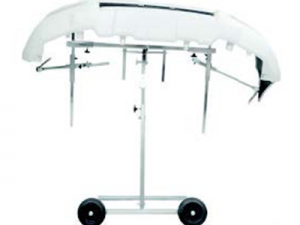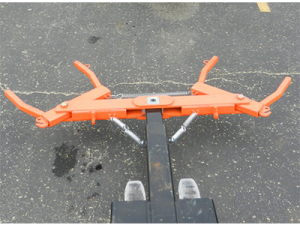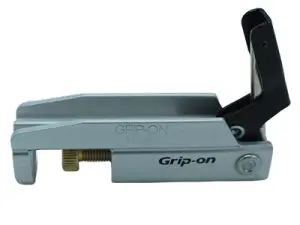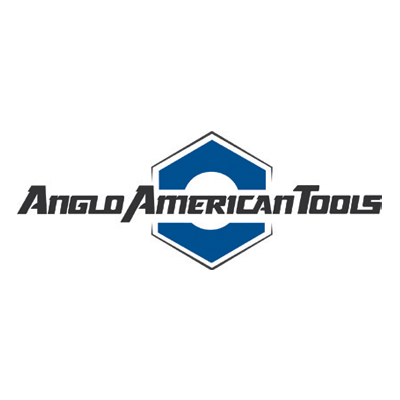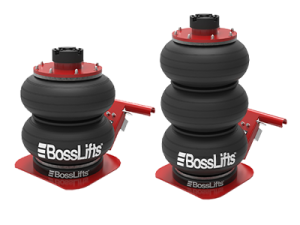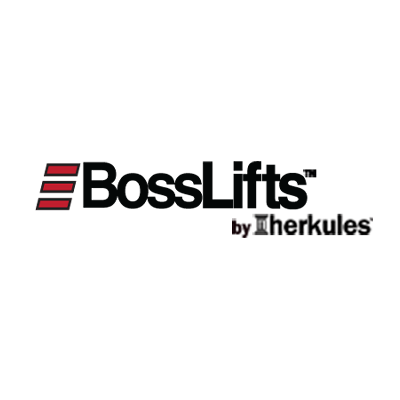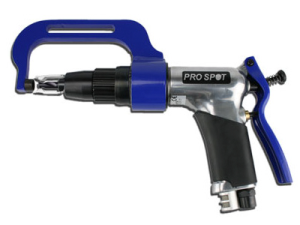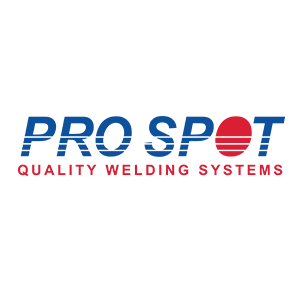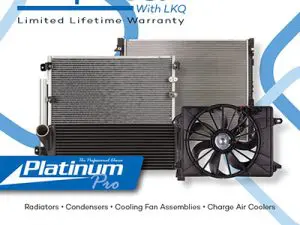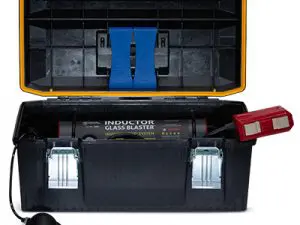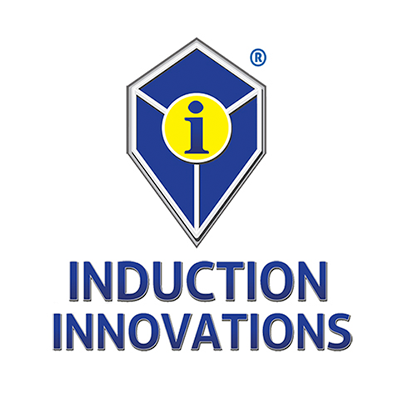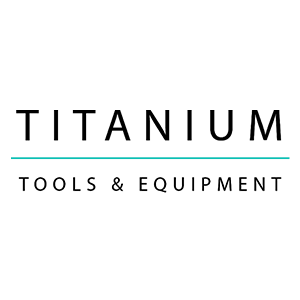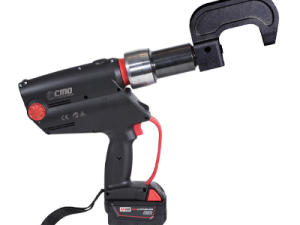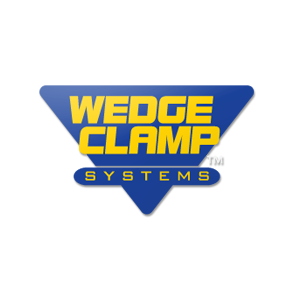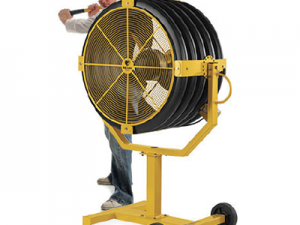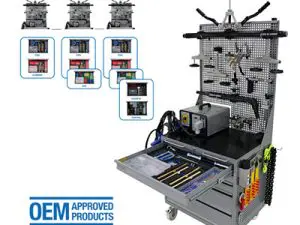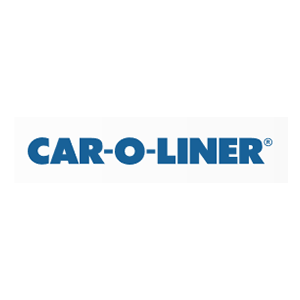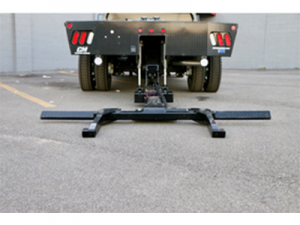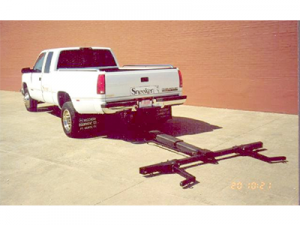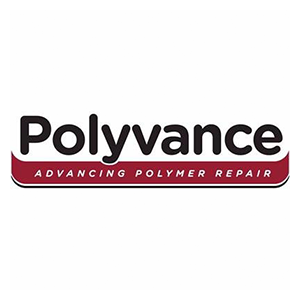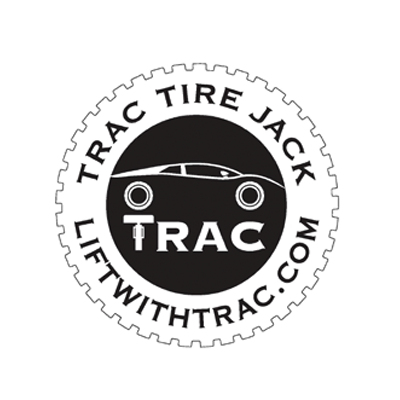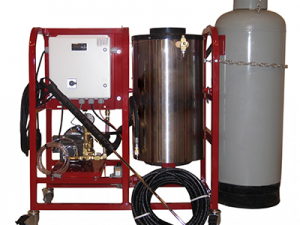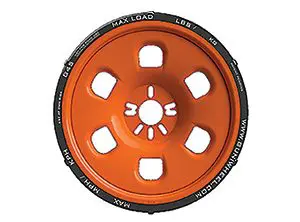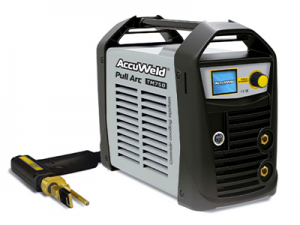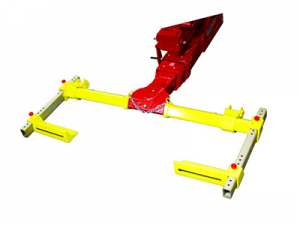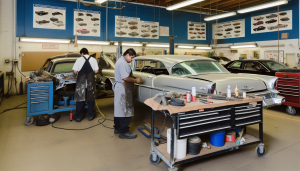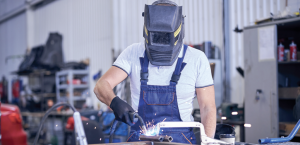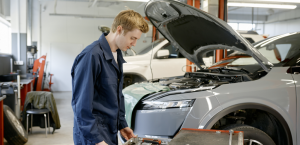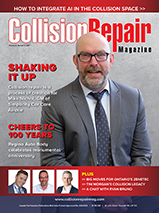MODERN TIMES, MODERN TOOLS
HANDTOOLS ARE MORE THAN EASILY LOST BITS AND BOBS
Getting your start in the collision repair industry can be tough, no matter what path you take. The initial investment in tools alone is enough to send an incoming apprentice’s head for a spin.
In the age of automatic welders and artificial intelligence-driven claims, it’s easy to forget how integral the average hand tools are in modern collision repair. What would the painter do without a tool to tweak the fine positions of a masking job? What would this world be like without a sheet of sandpaper readily available? How would a hail dent be addressed if it weren’t for the magic wands of PDR?
These tools, though many of them long familiar to our hands, are still ever advancing. Even the most basic of tools—or ones without motherboards of technology—see developments alongside the always-changing automotive industry.
One of the most addressed improvements often lies in a tool’s efficiency. The quicker a quality job can be completed, the better the tool, in the eyes of many. Business owners are consistently focussed on bottom lines and KPIs; if a tool is affordable, effective and can stand the test of time, it’s sure to be a winner in the boss’ eyes.
For technicians, efficiency, too, is important— but today’s workforce knows to prioritize ergonomics. After all, you don’t want back pain to pull you from the job market before you’re ready. Tools that place importance on body position, support bodily ergonomics and promote the use of the correct muscles, are top sellers for modern-minded staff.
Don’t get tricked into buying your tools from the back of a truck at your next trade show (and don’t let your proteges fall into such a trap, either). Just peruse the following pages and build the toolbox that fits your fancy.
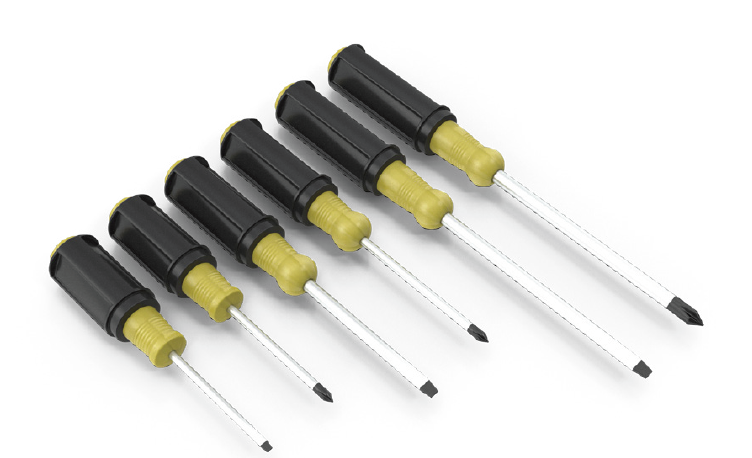
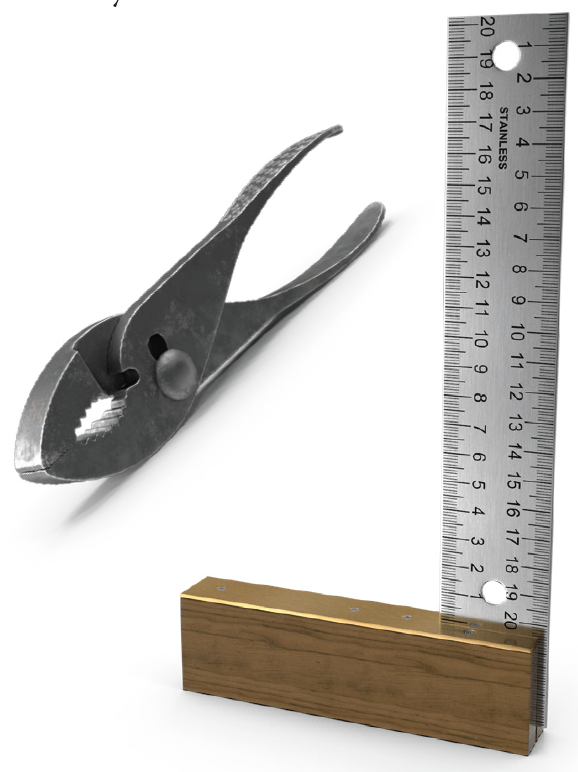
-

KECO GPR+ System with Mobile Cart
Read more0 out of 5 -

Innovative Magnetic Spray Gun Holder
Read more0 out of 5 -

Cordless 1” D-Handle Extended Anvil High Torque Impact Wrench
Read more -

Tire Stock
Read more -

Powder Coating Ovens
Read more0 out of 5 -


MultiFlex Bumper Stand
Read more -

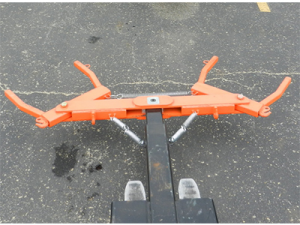
Forklift Wrecker by Minute Man Wheel Lifts
Read more -


Grip-On Micro Grip Locking Tool
Read more0 out of 5 -


BossLifts by Herkules
Read more0 out of 5 -

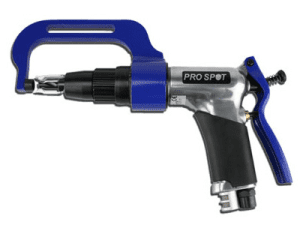
Weld Drill
Read more0 out of 5 -


Platinum Pro
Read more0 out of 5 -

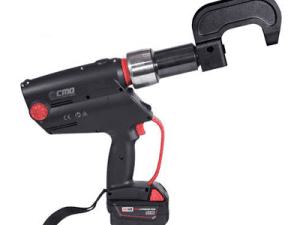
40-EP02 Battery Operated SPR Riveter
Read more0 out of 5 -

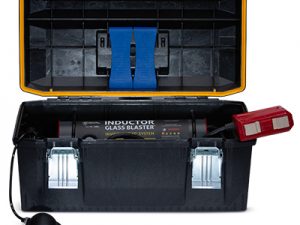
Inductor Glass Blaster
Read more0 out of 5 -


PR-5 Mobile Riveting and Bonding Station
Read more0 out of 5 -

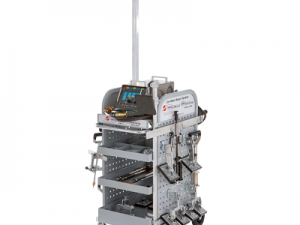
Miracle System
Read more0 out of 5 -


CMO SPR Hydraulic Riveter
Read more0 out of 5 -

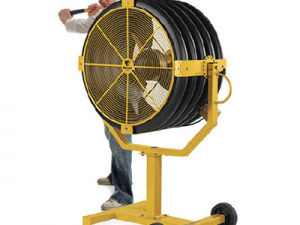
Yellow Jacket
Read more -

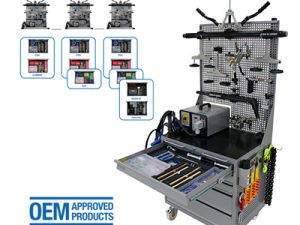
Car-O-Liner CDR1
Read more0 out of 5 -

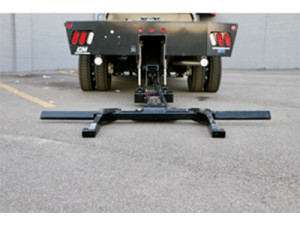
Stealth Unit
Read more -

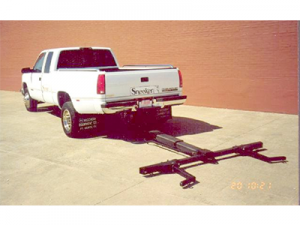
HTL 4000 Sneeker Wheel Lift
Read more -

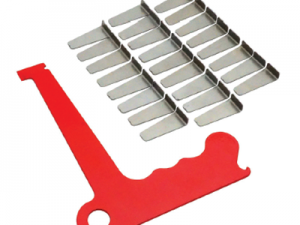
Shim Jim Tab Separator Tool
Read more0 out of 5 -


ElectroPower
Read more0 out of 5 -

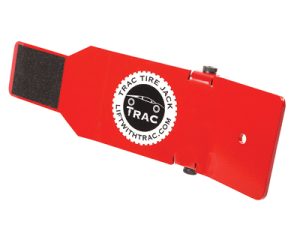
TRAC Tire Jack
Read more0 out of 5 -


Steam Units
Read more0 out of 5 -

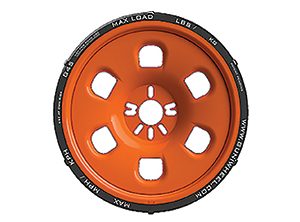
Guniwheel Universal Tire and Wheel Mounting System
Rated 4.00 out of 5Read more0 out of 5 -


AccuWeld Pull Arc TM750
Read more0 out of 5 -


LeanTec Cabinets
Read more -


IBQ-4T
Read more0 out of 5 -


Heavy Duty Wheel-Lift
Read more



